Study in USA
Why Choose
USA
The United States of America (USA) hosts the greatest number of international students in the world. Quality education, a unique curriculum, a multicultural environment, and abundant opportunities are just some of the reasons why many Indian students want to study in the USA. The USA has the world's largest international student population, with more than 1,000,000 students choosing to broaden their education and life experience at a United States college or university. Nearly 5% of all students enrolled in higher-level education in the USA are international students, and the numbers are growing. From the mid-1950's, when international student enrolment was only just reaching 35,000, international education in the USA has come a long way.
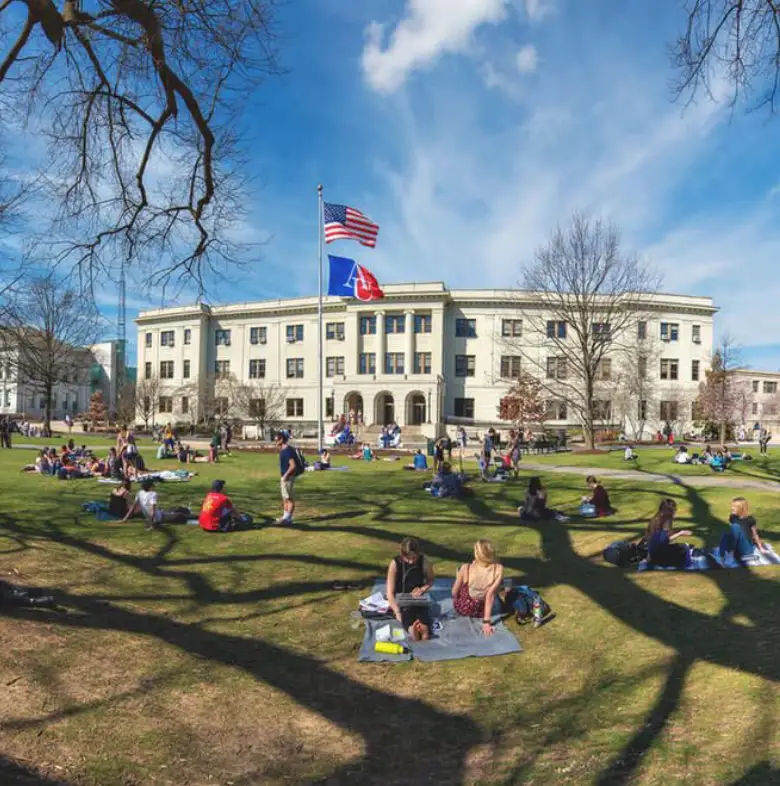
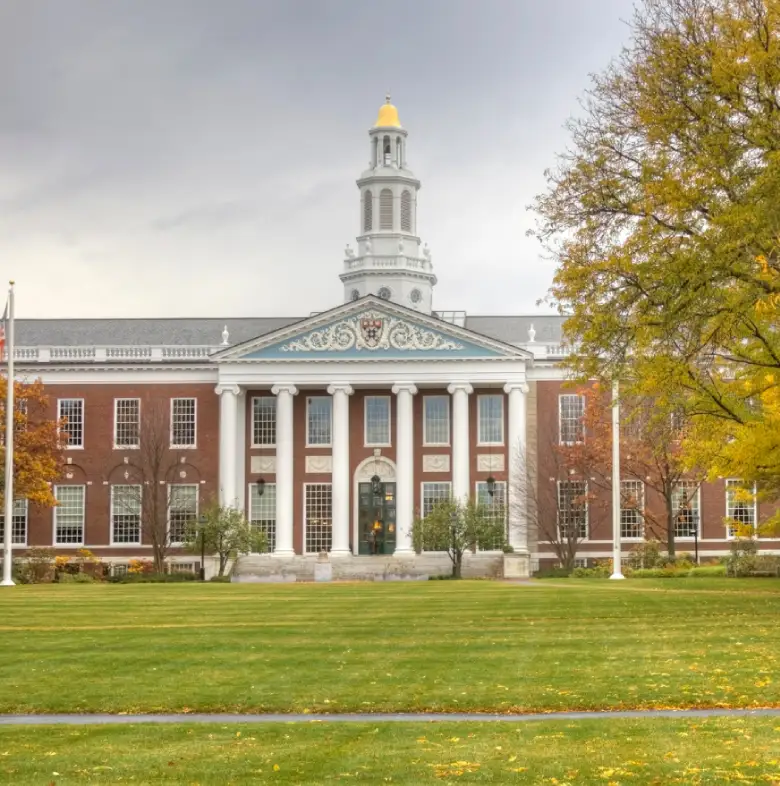
- 1. Academic Excellence: The United States has one of the world’s finest university systems, with outstanding programs in virtually all fields. At the undergraduate level, excellent programs exist in traditional disciplines, as well as in professional fields. At the graduate level, students have the opportunity to work directly with some of the finest minds in their field of study, with the chance to become involved with exclusive research and educational opportunities. U.S. degrees are recognized throughout the world for their excellence.
- 2. Variety of Educational Opportunities:The United States is home to several thousand colleges and universities, boasting at least ten times as many campuses as in any other country. As a result, the higher education system in the U.S. has something for everyone. Some U.S. colleges and universities stress broad educational principles; others emphasize practical, employment-related skills; and still others specialize in the arts, social sciences or technical fields. This means that no matter what you plan on studying, you will have a wide variety of programs in your particular field from which to choose.
- 3. Cutting-Edge Technology: Universities in the U.S. pride themselves on being at the forefront of technology, research and techniques, and in making the best possible equipment and resources available to their students. Even if your field does not directly involve science or engineering, you will have opportunities to become skilled in using the latest technology to conduct research, as well as obtain and process information. You will find ways to stay connected with researchers, teachers and experts in your field all over the world.
- 4. Global Recognition:The degrees earned by international students in the USA enjoy unparalleled recognition across the globe. This recognition underscores the nation's commitment to upholding rigorous academic standards, equipping graduates to excel not only in their respective fields but also on an international stage.
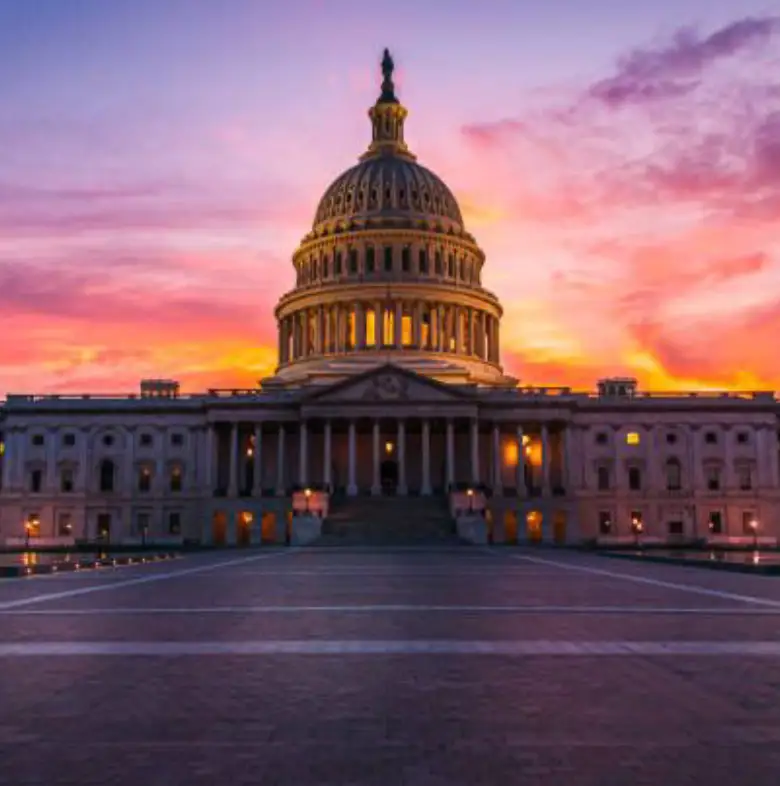
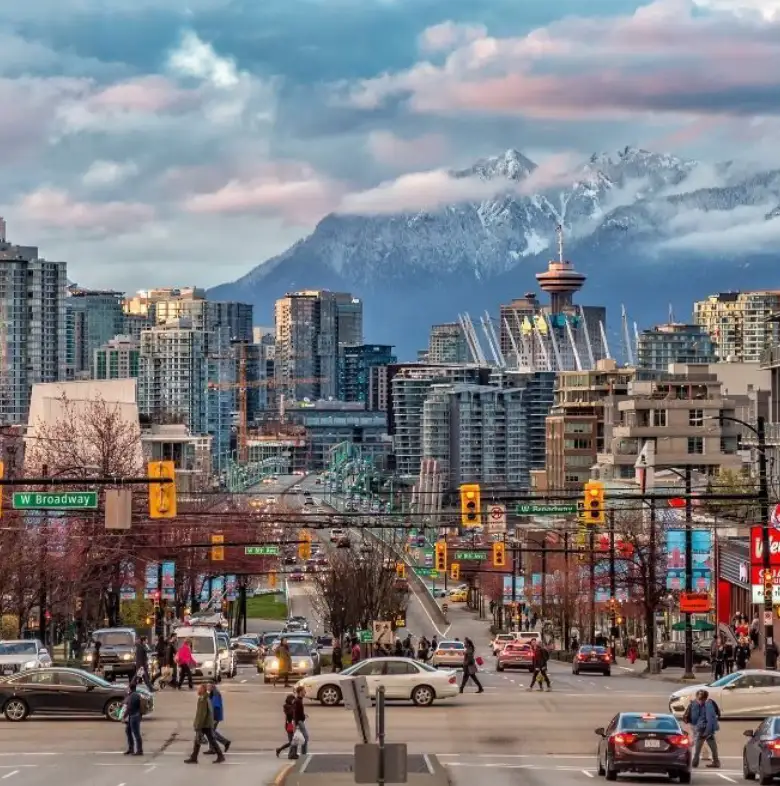
- 5. Work Opportunities: With a thriving economy and numerous multinational corporations headquartered within its borders, the USA is a beacon of professional opportunities for international graduates. As they step out of academia, these students find a wealth of work prospects that allow them to apply their skills and knowledge in a dynamic and innovative work environment.
- 6. Cultural Exchange:Beyond the confines of textbooks and lecture halls, studying in the USA offers a chance to engage in cultural exchange firsthand. From events celebrating global diversity to student clubs representing various traditions, international students find ample avenues to share their heritage while embracing new ones.
- 7. Support for International Students:American institutions recognise the unique challenges that international students face when studying abroad. To ensure a seamless transition and holistic growth, universities in the USA offer a comprehensive network of support services. From tailored orientation programs to specialised career guidance, these services pave the way for a successful academic and personal journey.
Education System of USA
In the USA, students must start their education from the age of 6. The USA education system is bifurcated into four categories:
| Education | Level | Age | Duration |
|---|---|---|---|
| Primary | Elementary school | 6-11 | 5 |
| Middle | Middle or junior high | 11-14 | 3 |
| Secondary | High school or senior high school | 14-18 | 4 |
| Tertiary | Higher education | 18 onwards | 4 |
Accreditation & Quality Assurance in the USA
Accreditation is the process used by the US Education System to ensure that the institutes meet and maintain the minimum standard of quality education. Schools, Post-secondary Institutions, and other institutions participate in accreditation. Federal and state governments acknowledge accreditation as the component by which institutional and automatic authenticity is guaranteed. In other words, certification by a recognized accrediting authority is accepted as the U.S. likeness to other countries abroad.

The major stages covered under the US Education System are:
- Elementary school
- Middle School
- High school
- Post-secondary (college) also known as the sophomore
As you see above the multiple stages of the education system of India and the USA. There is a huge difference between the US and Indian education systems.
Qualifications Available
The US offers a wide range of qualifications across various fields of study. Here's an overview of the qualifications available in the US:
| QUALIFICATION | DURATION | DESCRIPTION |
|---|---|---|
| Associate degree | 2 years | Job oriented programs that allow a graduate to launch a career, it is also equivalent to the first two years of a 4-year bachelor's degree |
| Bachelor's degree | 3 - 4 years | An undergraduate degree that includes core courses, major, minor, and elective. The four years are known as Freshman, Sophomore, Junior, and Senior. |
| Master's degree (Professional) | 1 to 3 years | Leads students from first degree to particular profession; duration depends on the field of study |
| Master's degree (Academic) | 2 years | Generally awarded in traditional disciplines of humanities, arts, and science; may lead students to doctoral programs |
| Doctorate or PhD | 5 to 8 years | Completed under the supervision of a faculty advisor, PhD is awarded on completion of a dissertation and successful defence before a panel of faculty members |
Types of Higher Education Institution
There are various types of higher education institutions in the USA that are recognised to offer high-quality education. Check out the following higher education institutions authorised for offering higher education in the country:
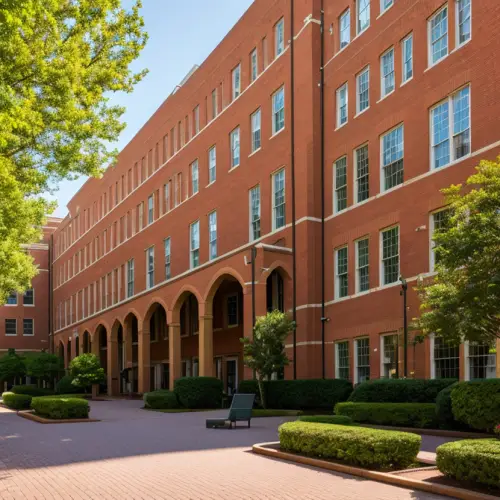
STATE COLLEGE OR UNIVERSITY
These types of colleges or universities are supported and run by a state or local government. The US comprises 50 states, and each state run at least one university or college for providing quality higher education to students at low rates. E.g. The University of California or Texas A&M University.
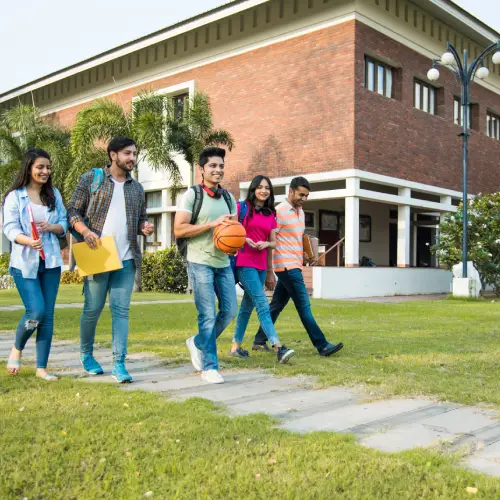
PRIVATE COLLEGE OR UNIVERSITY
A branch of the government in the USA runs these colleges and universities. They are always in demand among international students to study in USA. These private U.S. universities and colleges are smaller in size than state schools.

COMMUNITY COLLEGES
Community colleges offer two-year certification or associate degrees, which are transferable. Generally, Community college graduates transfer to universities or four-year colleges to complete their degrees. They are allowed to share the credits that they have earned in the community college.

TECHNOLOGY INSTITUTES
Technology Institutes offer at least four years of education to students in science and technology. Some institutes have graduate programs while others offer short-term courses to students.

IVY LEAGUES
They are among the oldest American institutions, most reputed and famous private universities in the USA. Which is one of the main appealing reasons why to study in USA. Being amongst the best and the brightest students offers one global exposure and a platform to ensure the best future one can ask for. All of them are located in the northeast region of the USA.
Cost of Studying
To cover tuition fees, you will need approx. $8,000 to $55,000 (USD) a year (indicative).
| TYPE OF DEGREE | TUITION FEES IN USD APPROX |
|---|---|
| English language studies | $700 to $2,000 a month |
| Undergraduate bachelor degree | $20,000 to $40,000 per year |
| Graduate programs | $20,000 to $45,000 per year |
| Doctoral degree | $28,000 to $55,000 per year |
Visa Requirements
For the visa purpose, demonstrating financial sufficiency to showcasing acceptance from a recognised institution and providing compelling reasons for the study visit, each requirement contributes to the foundation of a successful visa application.
- A valid passport.
- Completed DS-160 and SEVIS payment copy
- Application fee receipt.
- I-20 form
- Financial evidence showing you or your sponsors have sufficient funds to cover tuition, living, and travel expenses.
- Resume
- Certificate of Eligibility for Nonimmigrant Student Status (Form I-20).
- Transcripts and diplomas from schools attended.
- Photo – You will upload your photo while completing the online DS-160.
- English language test scores (e.g., TOEFL, GRE, GMAT).


Course Offered:
Choosing the best undergraduate course in the USA depends on your interests, career goals, and academic strengths. However, there are several popular undergraduate courses that Indian students often pursue in the USA:
- Computer Science
- Electrical
- Engineering
- Artificial Intelligence and Cyber Security
- Pharmacy
- Health Science
- Business/ Management
- Science and Microbiology / Environmental
STEM (Science, Technology, Engineering, and Mathematics): STEM programs are in high demand and offer strong career prospects. Besides computer science and engineering, other STEM fields include mathematics, physics, chemistry, and biology.

Documents Required For Admission Into USA For Student Visa:
- Trascripts
- Degree certificate / provisional certificate
- All academic marksheet
- Passport
- Resume
- Recommendation letter
- Work experience letter (if any)
- Statement of purpose
- Financial affidavits or proof of funds
- Passport size photograph
Intakes Available:
American colleges and universities offer three intakes. The three intakes available in the US are:
Fall: A popular intake among Indian students, The Fall intake starts in the month of September
Spring: Starts in January; it’s best if you miss the September intake
Summer: Available for limited programs and colleges, the summer intake usually starts around May
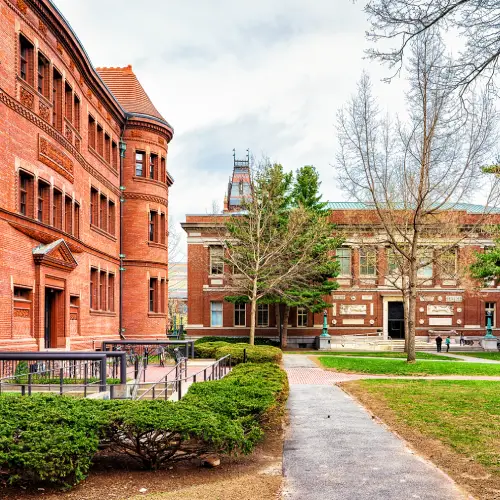

Exam Required:
Undergraduate Admission Requirements:
- SAT
- ACT
Graduate Admission Requirements:
- GRE
- GMAT
English Language Proficiency Tests:
- TOEFL
- IELTS
- PTE Academic
- Duolingo English Test
Job Prospects:
Owing to a skills shortage across various sectors in the American market, international students with skills are in demand and those who are willing to settle in America have the option to apply under a Skilled Worker Visa and permanently work and reside in the country. Graduates are in high demand in the USA, especially in the field of healthcare, film production, real estate, retail sector, agriculture, engineering, and computers & information technology. There are also various of internship programs available that can be taken up by international students.

Living Expenses
The average cost of living in the United States is roughly $1,500 per month or $10,000 per year. This includes your lodging, meals, transportation, publications, apparel suited for the season, and leisure activities.
| EXPENSES | AVERAGE COST MONTHLY (USD) |
|---|---|
| Accomodation | $1100 |
| Utilities (electricity, water) | $120 - $150 |
| Food and Groceries | $300 |
| Home Internet | $60 |
| Public Transport | $150 |
| Health Insurance | $200 |
| Entertainment | $150 |
Scholarship offered to Indian students by Government of America
The Government of the United States offers various scholarships and financial aid programs for international students, including those from India. Here are a few government scholarships available:
1. Hubert H. Humphrey Fellowship Program: This fellowship program provides mid-career professionals from developing countries, including India, with an opportunity to enhance their professional skills through non-degree academic study and professional development activities in the USA. The fellowship covers tuition fees, living expenses, and other allowances.
2. Global Undergraduate Exchange Program (Global UGRAD): This program provides scholarships to talented undergraduate students from diverse backgrounds, including India, for one semester or a full academic year in the USA. The scholarship covers tuition fees, room and board, travel costs, and health insurance.

3. Fulbright Foreign Student Program: This program offers scholarships to international students, including Indians, for master's or Ph.D. degree programs in the United States. The scholarship covers tuition fees, living expenses, airfare, and health insurance.
4. Community College Initiative Program: This program provides scholarships to students from underserved communities, including India, to pursue one year of non-degree study at a community college in the USA. The scholarship covers tuition fees, living expenses, airfare, and health insurance.
5. Edmund S. Muskie Graduate Fellowship Program: This program is designed for professionals from eligible countries, including India, to pursue a master's degree in the USA. The fellowship covers tuition fees, living expenses, airfare, and health insurance.
These are some of the scholarship programs offered by the U.S. government for Indian students. It is advisable to visit the official websites of the respective programs for detailed information on eligibility criteria, application process, and deadlines.
Give Wings To Your Ambitions, Fuel Your Passions
Need more information?
Top Universities of USA
There are numerous top universities in the United States that are highly regarded for their academic excellence and research output. Here are some of the top universities in the USA that are popular among international students:
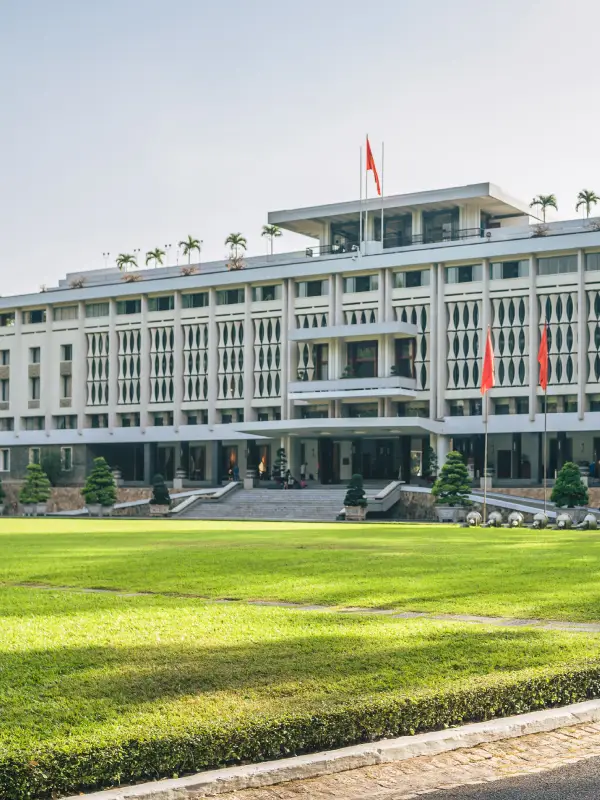
- 1. Massachusetts Institute of Technology (MIT)
- 2. Stanford University
- 3. Harvard University
- 4. California Institute of Technology (Caltech)
- 5. University of Chicago
- 6. Princeton University
- 7. Columbia University
- 8. Yale University
- 9. University of Pennsylvania
- 10. University of California, Berkeley
These universities consistently rank highly in various global university rankings and offer a wide range of programs across various disciplines. However, it is important to note that the choice of university should also depend on individual preferences, area of study, and specific program offerings. Additionally, factors like location, campus culture, research opportunities, and financial aid options should also be considered when selecting a university. It is recommended to thoroughly research and compare universities based on your academic goals and personal preferences before making a decision.
Post-study work opportunities
TOPT stands for Optional Practical Training. It is a 1-year temporary work permit for students planning to stay back in USA and work part-time while studying or after completing their degree. There are 2 types of OPT in USA, namely:
- Pre-completion OPT: Used during the candidate's study period
- Post-completion OPT: Used after completing one's course.
There are three types of student visas that allow international students to stay in the USA for a stipulated period after completing their studies – F1 Visa, M1 Visa, and J1 Visa. A student with an F1 visa can apply for Optional Practical Training (OPT) after they have a year of relevant temporary employment experience in line with their course. OPT visas allow students to stay back and work in the country for 12 months. STEM students can stay back and work for 24 months. An HB1 visa allows a candidate to stay and work in the country for six years, provided that they prove to be fitting for the position of a company. HB1 visas can be applied for, with the help of a US employer.

